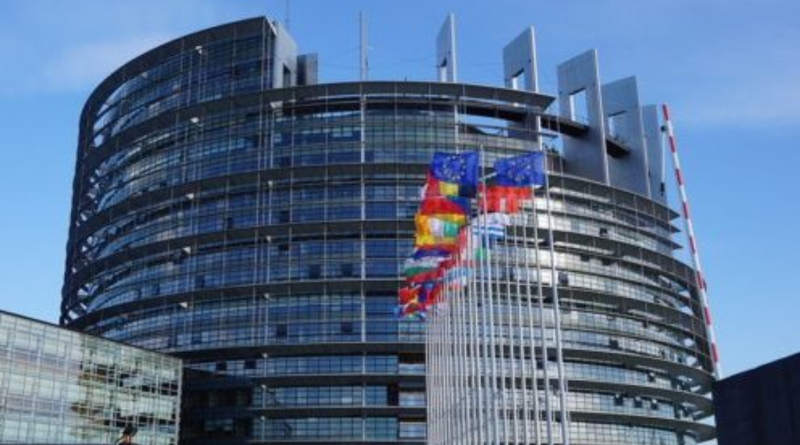Wind and Solar Overtake Fossil Fuels in ‘Historic Shift’ for EU

Solar and wind energy in the European Union generated more electricity than fossil fuels in the first six months of 2024, prompting analysts to declare “a historic shift” in the region’s energy mix as renewables capacity continues to grow.
“The first half of the year shows fossil generation’s narrowing role in the power sector, and gains for renewables that are beyond temporary variations in conditions,” said Chris Rosslowe, senior data analyst at Ember, a think tank that assessed EU energy developments to measure progress on the clean transition.
Fossil fuels generated 17% less in the first half of 2024 compared to the same period in 2023, Ember writes. Coal fell by a quarter and gas by 14, even as demand rebounded by 0.7% after two years of decline.
Meanwhile, “wind and solar overtook EU fossil generation for the first time.” Together, the two renewable sources generated 30% of the EU’s electricity in the first half of 2024, compared to 27% from fossil fuels.
“We are witnessing a historic shift and it is happening rapidly,” Rosslowe added. “If [EU] Member States can keep up momentum on wind and solar deployment, then freedom from fossil power reliance will truly start to come into view.”
The report found that “wind and solar were boosted by structural growth through capacity additions as well as favourable conditions.”
Strong winds “were prevalent during the first six months of 2024 in northern Europe, where most wind energy is generated,” Andrea Hahmann, a scientist at Denmark Technical University who co-wrote an Intergovernmental Panel on Climate Change report chapter on energy systems, told The Guardian.
Ember also found that a warm winter meant less energy needed for heating, while higher-than-average rainfall helped boost hydropower after years of drought. Poor conditions for solar held back further growth in the sector.
In addition to wind and solar, hydropower accounted for 21% of electricity generation, meaning that more than half of the energy mix came from low-carbon sources. Nuclear generation increased by 3.1%.
The report follows years of renewable energy growth in Europe, accelerated by the threats to fossil fuel access posed by Russia’s 2022 invasion of Ukraine. High energy prices in the war’s wake drove consumption down, with fossil fuels taking the hardest hit. This year, energy demand has started rising again, but fossil fuel demand has continued to fall, while new permitting reforms have buoyed the rise of renewables, reports Canary Media.
More than three-quarters of the drop in fossil fuel use was centred in five EU member states with the region’s largest power sectors, with significant cuts to coal-fired generation producing the continent’s largest drop in Germany. Italy cut back equally on coal and gas, while Spain, Belgium, and France mostly slashed gas consumption. And even member states that have traditionally relied heavily on fossil fuels followed the trend, like Poland, where coal’s share dropped from 80% of the energy mix in 2019 to 57% so far this year.
The EU’s shift to renewables is unlikely to reverse, the report added, since the gains were largely the result of an increase in installed additional capacity that is set to continue through the rest of 2024.
“It’s very likely that that is a kind of permanent shift in the EU’s electricity mix,” said report author Euan Graham, an electricity and data analyst at Ember.






